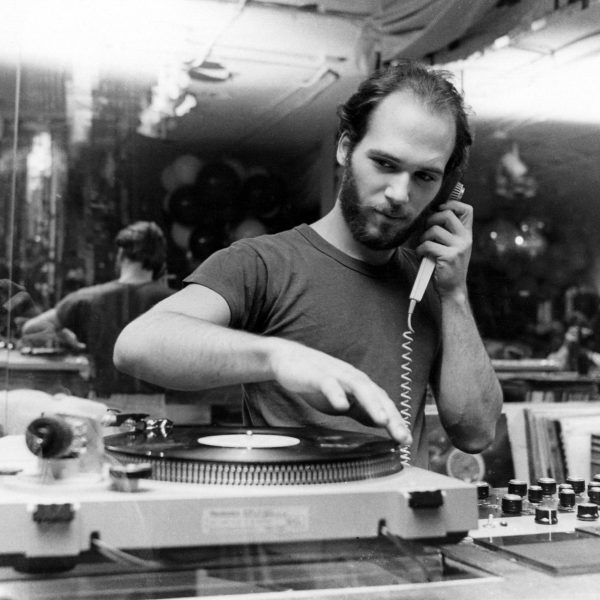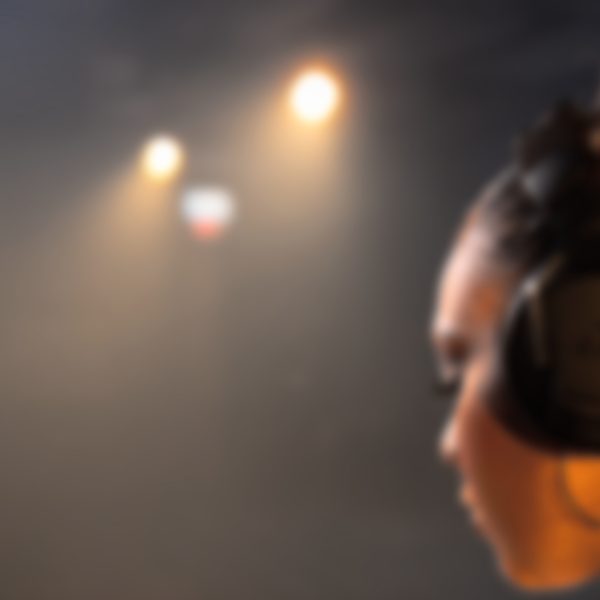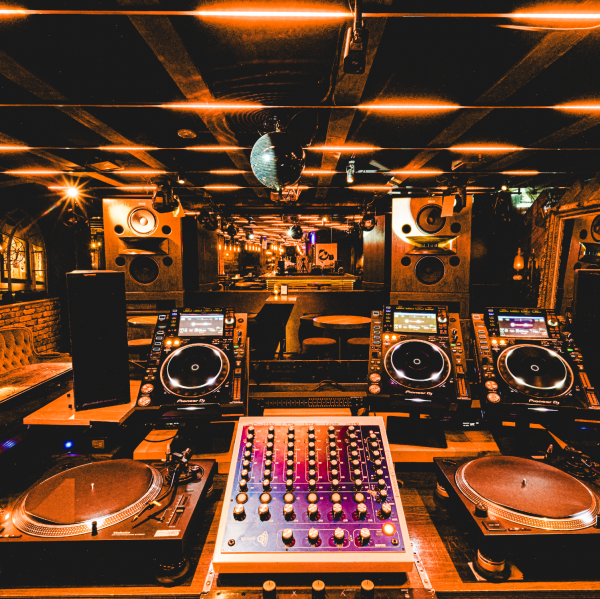The South African township is a place where languages coexist, clash and meld. They pull each other apart and inside out, approximate and appropriate from one another in search of commonality.
In a country where the 11 official languages are breadcrumbs for expression, not the path itself, music can both articulate and personify this commonality. It can subvert the divisions that an apartheid government once imposed along racial, class and cultural lines. It can create anew.
Amapiano is an electronic music movement created—and still most popular—in the townships of South Africa’s Gauteng province. It gets its vocabulary and syntax from jazz, folk, kwaito, bubblegum, deep house, dibacardi and other genres favoured in townships. Early amapiano was almost exclusively instrumental. Vocals only became widespread when the sound was on the cusp of mainstream acceptance and eventual domination. But the language amapiano speaks to audiences is entirely of its own making.
Amapiano is developed democratically and proliferated in person and digitally. At events around 2013, pioneering production and DJ duo MFR Souls gained a following for the nascent movement by adding inumber (amapiano first went by this name, which means “number”) to their deep house sets, a move that would eventually help them crack the mainstream.
“Because the sound was still fresh and nobody was used to it, it was more difficult to push it to the top guys,” says the group’s Tumelo Mabe. “To be honest, the streets helped us get to where we are today.”
Since then, amapiano has expanded from being an accent in DJ sets, played mostly in pubs, lounges and clubs, to a style with a variety of moods for different occasions. At its core, amapiano remains a dance music. But the proliferation of singers is a response to audiences’ desires for an amapiano style that can be listened to anywhere.
Given the variety of African languages spoken in South Africa, it’s no surprise that amapiano quickly separated into “sweet,” “dust,” “harvard,” “mainstream” and other variants. Amapiano in the sweet style, with smooth vocals in different languages sung over bass-led instrumentals, has become the lingua franca. But at this moment in amapiano’s short lifespan, dominance creates room for collaboration, and multiple amapiano slangs exist simultaneously. In the way that samples, drum patterns and melodies travel between producers, lyrics, catch phrases and party slogans travel between vocalists.
The South African music sector has been long considered exclusionary, with opportunities rationed out among established artists and few made available to new artists. But amapiano producers and punters use social media platforms (especially WhatsApp and Facebook), file sharing sites and streaming platforms (like YouTube) to distribute music and create followings.
These disruptive distribution models have helped ensure that the country’s most-played songs on radio, television and digital streaming platforms now come from a diverse set of artists. As amapiano multiplies, radio-friendly hits by Kabza De Small and DJ Maphorisa (together they are Scorpion Kings) share playlists and musical commonalities with the more avant garde sounds of Vigro Deep, Sje Konka, Focalistic and others.
Mimicking, outright copying and false ownership claims are common in amapiano, partly because of the radical distribution models the movement has used. For the promoter and producer Dinho, real name Tiego Motau, this shared economy is not always beneficial. “If someone has made a banger,” he says, “someone else will take that vocal and make a remix without telling the rightful owner. You’ll find that the remix is better than the original, so the limelight isn’t on the original artist, it’s on the one who remixed the song. DJs don’t want to work together. There is no sense of teamwork.”
This fact notwithstanding, amapiano is credited with voicing criticism of the traditional creative economy. And its ability to adapt and respond to environments within the country is key to how the movement has grown to the space it now occupies.
Indeed, as a movement representative of South African youth, created by them and based on lived township experiences, amapiano continues the work begun by kwaito music, which was invented and popularised in the ‘90s. But amapiano exists in a world increasingly tuned to the different sounds stemming from various African countries.
DJ Edu, host of the Destination Africa show on BBC Radio 1Xtra, says, “I always think back to how kwaito was under-utilised. It was such a unique sound but it never got to cross the borders. But amapiano has managed to do that. I think a lot of African countries suffer from that insular production. You make such amazing music but you never share it with anyone else and no one else will know the genre, but people are comfortable within their countries that people know their music.”
Collaboration has become vital for the movement’s growth across the continent and elsewhere. Wizkid and Burna Boy featured on Kabza De Small’s “Sponono,” for example, released early in 2020 to great acclaim. Kabza De Small was able to attach his song and the amapiano sound to the Nigerian artists, who both enjoy a massive global following, having been key players in Afrobeats’ global growth. Nigerian artists Rema, Niniola, Mayorkun and, most recently, DJ Tunez and Olamide are experimenting with identifiably West African interpretations of amapiano.
None of this should be seen as a challenge to Afrobeats’ clear dominance on the continent and globally. Instead, there are now multiple opportunities to present a diversity of African musical languages to the world.
This playlist marks some of the moments in amapiano’s rise to mainstream dominance in South Africa, as it begins to also find fans around the globe.




